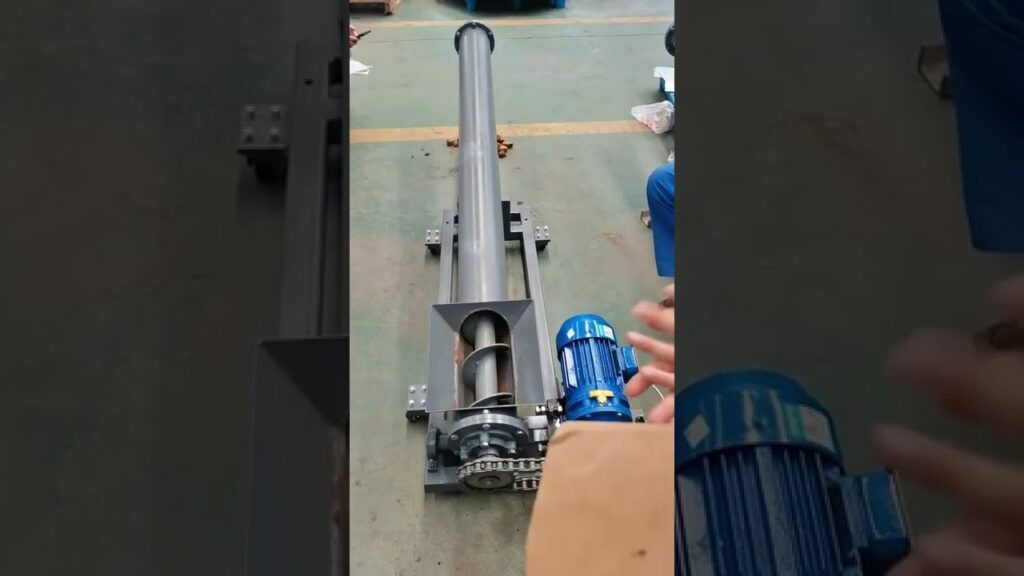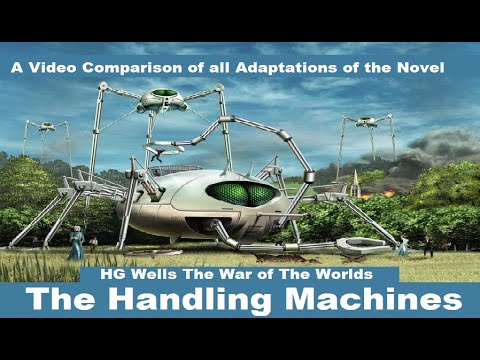Handling Machine Price: A Comprehensive Guide to Choosing the Right Equipment
Introduction
In today’s fast-paced world, where productivity and efficiency are paramount, the need for reliable and high-quality handling machines has become more crucial than ever. Whether you are a small business owner or a large-scale manufacturer, investing in the right handling machines can significantly streamline your operations and enhance overall productivity. One such critical component in logistics and material handling is the conveyor system. In this article, we will delve into the world of handling machines, their price ranges, and the different types of conveyors available in the market.
Understanding Handling Machine Price and Factors Affecting It
The price of a handling machine can vary significantly, depending on various factors. Primarily, the type and specifications of the equipment play a key role in determining the price range. Conveyor systems are one of the most common types of handling machines used in various industries, such as manufacturing, warehousing, and logistics. The price of a conveyor system can vary depending on factors such as conveyor length, width, load capacity, power requirements, and customization options.
Conveyor Systems: A Versatile Solution for Material Handling
Conveyors have revolutionized material handling and logistics operations by enhancing efficiency and reducing manual labor. They are versatile machines that can transport a wide range of materials, including bulk goods, packages, and heavy items. With their ability to move items smoothly along a fixed or adjustable path, conveyors eliminate the need for repetitive lifting, allowing workers to focus on more value-added tasks.
Belt Conveyors: The Backbone of Material Handling
One of the most commonly used types of conveyors is the belt conveyor. As its name suggests, it consists of a continuous loop of material, typically a durable rubber belt, supported by rollers or pulleys. Belt conveyors are often referred to as the backbone of material handling systems due to their reliability and flexibility. They can handle both light and heavy loads over long distances, making them suitable for various industries such as mining, agriculture, and manufacturing.
Movable Conveyors: Enhancing Flexibility in Operations
In certain industries or scenarios, the need for flexibility and adaptability in material handling becomes essential. This is where movable conveyors come into play. Movable conveyors are designed to be mobile, allowing them to be easily repositioned or connected to different parts of a production line. They offer the flexibility to create a dynamic workflow and optimize space utilization. Movable conveyors can be particularly useful in e-commerce fulfillment centers, where the demand for fast-paced sorting and order fulfillment is high.
Types of Materials Handling Equipment
Apart from conveyors, various other types of material handling equipment exist to cater to different industry needs. These include but are not limited to:
1. Cranes: Integral for lifting and transporting heavy materials in construction or manufacturing settings.
2. Forklifts: Widely used in warehouses and distribution centers for stacking and moving heavy pallets or containers.
3. Automated Guided Vehicles (AGVs): Self-propelled vehicles programmed to handle various materials and transport them within a facility.
4. Robots: With advancements in automation technology, robots are increasingly being used for material handling tasks such as sorting, palletizing, and packaging.
5. Flexible Conveyors: Ideal for dynamic environments where the layout needs to be altered frequently. They are adjustable in length and can be easily moved or expanded as required.
Considering the Price in Accordance with Your Requirements
While the price is an essential consideration when purchasing handling machines, it should not be the sole determining factor. It is crucial to evaluate your specific requirements and long-term goals before making a decision. Consulting with industry experts, such as reputable suppliers or equipment manufacturers, can help you understand the available options and make an informed choice.
Conclusion
In today’s competitive business landscape, investing in modern handling machines is no longer a luxury; it is a necessity. Conveyor systems, such as belt conveyors and movable conveyors, provide practical, cost-effective, and efficient solutions for material handling needs. Understanding the factors influencing handling machine prices and recognizing the diverse range of equipment available in the market are essential steps to make a well-informed decision. By carefully considering your requirements and consulting with experts, you can choose the right handling machines that align with your business needs, enhancing productivity and ultimately driving overall success.
Handling Machine
“Efficient Material Handling Solutions: Explore Versatile Movable Conveyors & Equipment Prices”


